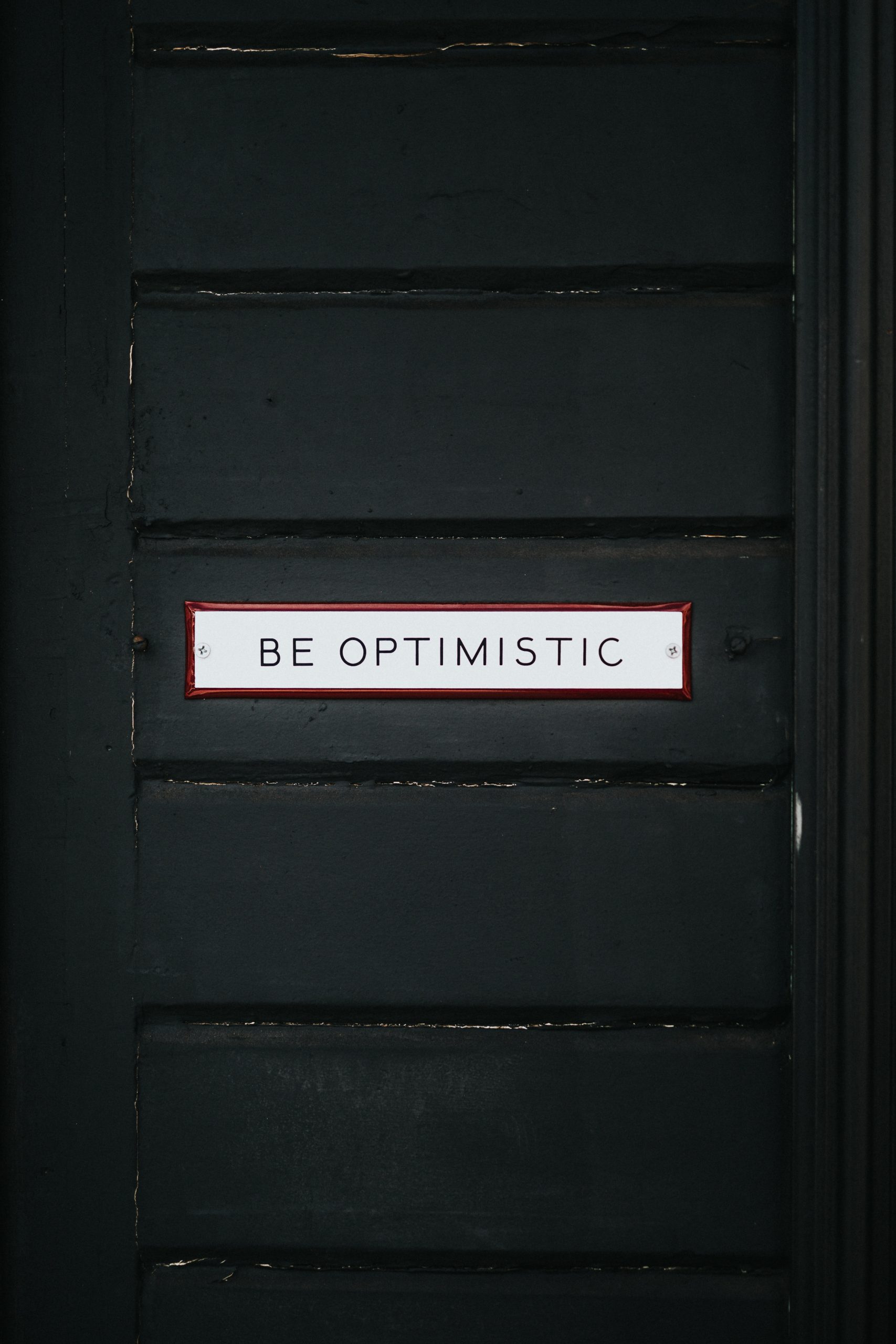The Art of I Ching Reading: A Comprehensive Guide to Ancient Divination
Table of Contents
- Introduction
- History of I Ching
- The Philosophy behind I Ching
- Casting Methods
- Interpreting the Hexagrams
- Practical Applications
- Conclusion
Introduction
The I Ching, also known as the Book of Changes, is an ancient Chinese divination system that dates back over three thousand years. It has been used as a guide for decision-making, self-reflection, and insight into the past, present, and future. The I Ching reading is a profound practice rooted in Chinese philosophy and is steeped in wisdom and symbolism.
History of I Ching
The origins of the I Ching can be traced back to the Zhou dynasty in China, around the 9th century BC. According to legend, King Wen of Zhou discovered the eight trigrams, symbolic representations of natural phenomena, and his son Duke of Zhou expanded this system into the 64 hexagrams that form the core of the I Ching.
The I Ching served as a guide for rulers and officials, offering wisdom and counsel during times of uncertainty. It gradually gained popularity among scholars and philosophers, and its influence spread beyond political circles.
Over the centuries, several commentaries and interpretations were written, deepening the understanding of the I Ching. Notably, the “Ten Wings,” a set of commentaries attributed to Confucius, added layers of philosophical and practical insights.
The Philosophy behind I Ching
The I Ching is deeply rooted in Chinese philosophy, primarily influenced by the concept of Yin and Yang and the five elements (wood, fire, earth, metal, and water). It embodies the belief in the interconnectedness of all things and reflects the natural cycles and patterns in the universe.
Yin and Yang, representing the feminine and masculine energies respectively, form the basis of understanding dynamics in the I Ching. Yin is associated with darkness, passivity, and receptiveness, while Yang represents light, activity, and creativity. These two forces are in constant flux and exist within each other.
The five elements provide a framework for interpreting the hexagrams of the I Ching. Each element corresponds to a specific energy and is associated with different aspects of life. They interact and influence each other, creating a dynamic balance.
Casting Methods
Traditionally, the I Ching is cast using yarrow stalks or coins. The yarrow stalk method involves taking fifty yarrow stalks, partially dividing them into two piles, and then systematically reducing the piles while asking a question. The final tally of remaining stalks determines the resulting hexagram.
Alternatively, the coin method uses three coins, assigning numerical values to the heads and tails. The coins are cast six times, resulting in either a solid line or a broken line, forming the hexagram.
In modern times, it is common to use specialized I Ching divination tools or even online I Ching websites or mobile applications. These digital methods automate the casting process while preserving the integrity and symbolism of the ancient divination system.
Interpreting the Hexagrams
The core of an I Ching reading lies in the interpretation of the resulting hexagram, a combination of six broken or solid lines. Each line has a specific meaning, and the hexagram as a whole offers guidance and insight into the situation at hand.
The interpretation relies on consulting the corresponding hexagram’s specific text and applying personal reflection and intuition. It is crucial to consider the changing lines within the hexagram, which indicate dynamic aspects of the situation that need attention.
There are various translation versions and commentaries available, each offering unique perspectives and insights. Some popular translations include the Wilhelm/Baynes edition, the Legge edition, and the Blofeld edition.
Practical Applications
The I Ching can be used in various ways to gain guidance and understanding. Here are a few practical applications of I Ching reading:
- Decision-making: The I Ching can provide insights and perspectives on complex decisions, helping individuals make informed choices.
- Self-reflection and personal growth: By exploring the hexagrams’ symbolism and messages, one can gain deeper self-awareness and insights into personal challenges and growth opportunities.
- Relationships and interpersonal dynamics: The I Ching can shed light on interpersonal relationships, providing guidance on communication, conflict resolution, and achieving harmony.
- Forecasting and divination: Some use the I Ching to glimpse into the future or understand the underlying energies influencing a particular situation.
Conclusion
The I Ching reading is a time-honored practice that offers profound insights into the human experience. Rooted in ancient Chinese philosophy and symbolism, it provides guidance for decision-making, self-reflection, and understanding the interconnectedness of all things.
By embracing the I Ching’s wisdom, one can tap into its depth and find valuable guidance for navigating the complexities of life. Whether seeking clarity in decision-making or enjoying personal growth, the ancient art of I Ching reading continues to enrich and inspire individuals worldwide.
References
- Britannica: I Ching
- I Ching Online
- Verse Note Use in Young China’s I Ching: The Hermeneutics of Scholar Hu Shi
Table of Contents
